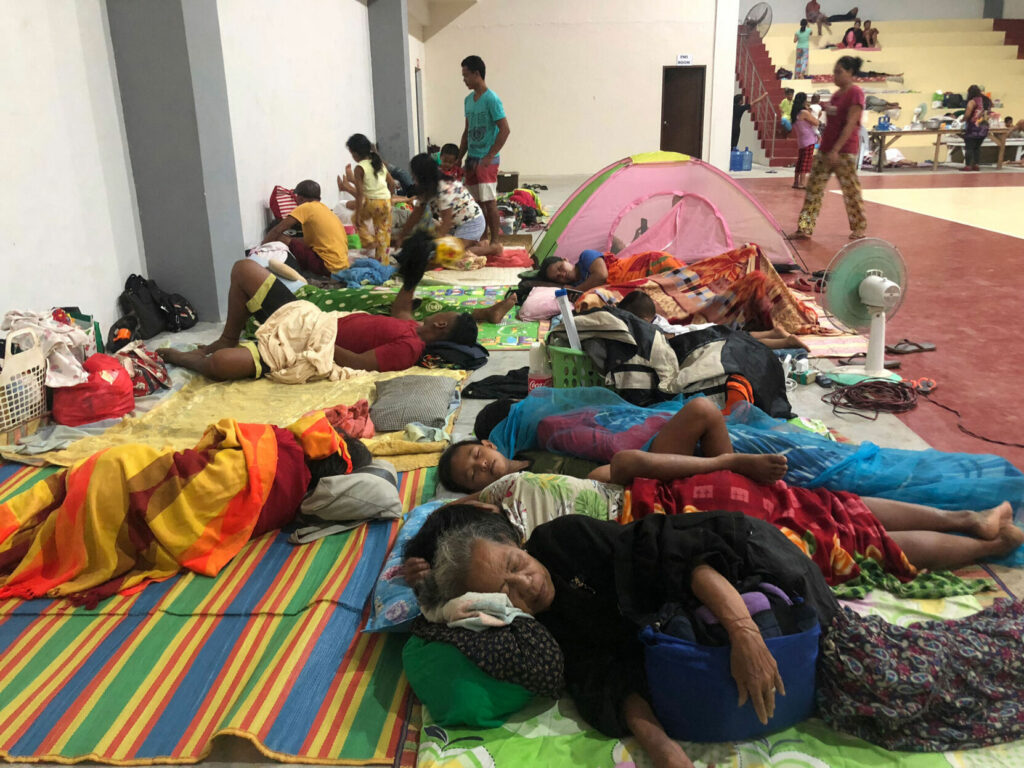Super Typhoon Rai slams into the Philippines as rescue operations get underway

Rai, the 15th typhoon to hit the Philippines this year, weakened slightly from a Category 5 to a Category 3 storm after making landfall Thursday on Siargao Island, a popular tourist and surfing destination on the central east coast. It is expected to pull away from the country late Friday. The storm, which had initially packed winds of up to 260 kilometers per hour (160 miles per hour) with gusts over 300 kilometers per hour (185 miles per hour), moved west, passing directly over Cebu late Thursday, a city of nearly 1 million people. Communication and power was out in several parts of the Philippines Friday, making rescue efforts difficult — with officials unable to determine the extent of damage due to the outages. More than 30 transmission lines were down in the Visayas and Mindanao region, a major group of islands, the NGCP said Friday. More than 20 million people live in the Visayas, according to 2020 official figures.Humanitarian organizations and aid agencies are also on the ground, working with local authorities to prepare for the storm and assist in evacuations. Teams from the Philippine Red Cross are spread out across the east coast, helping organize first aid teams, food and water, and supplies such as blankets and safety equipment.”Filipinos are tough but this Super Typhoon is a bitter blow for millions of people who are still recovering from devastating storms, floods and Covid-19 in the past year,” said Philippine Red Cross Chairman Richard Gordon in a news release on Thursday.Super Typhoon Rai is the 15th storm to hit the country this year — compounding the struggles of people still recovering. Millions are still rebuilding their homes and livelihoods, especially after several devastating storms late last year, according to the Red Cross.Typhoons, hurricanes and cyclones — which are essentially the same weather event but in different parts of the world — are producing more rainfall, moving more slowly once they make landfall and generating larger storm surges because of climate change. A recent study by researchers at the Shenzhen Institute of Meteorological Innovation and the Chinese University of Hong Kong said that typhoons in Asia could have double their destructive power by the end of the century. They already last between two and nine hours longer and travel an average of 100 km (62 miles) further inland than they did four decades ago.Reuters contributed reporting.







